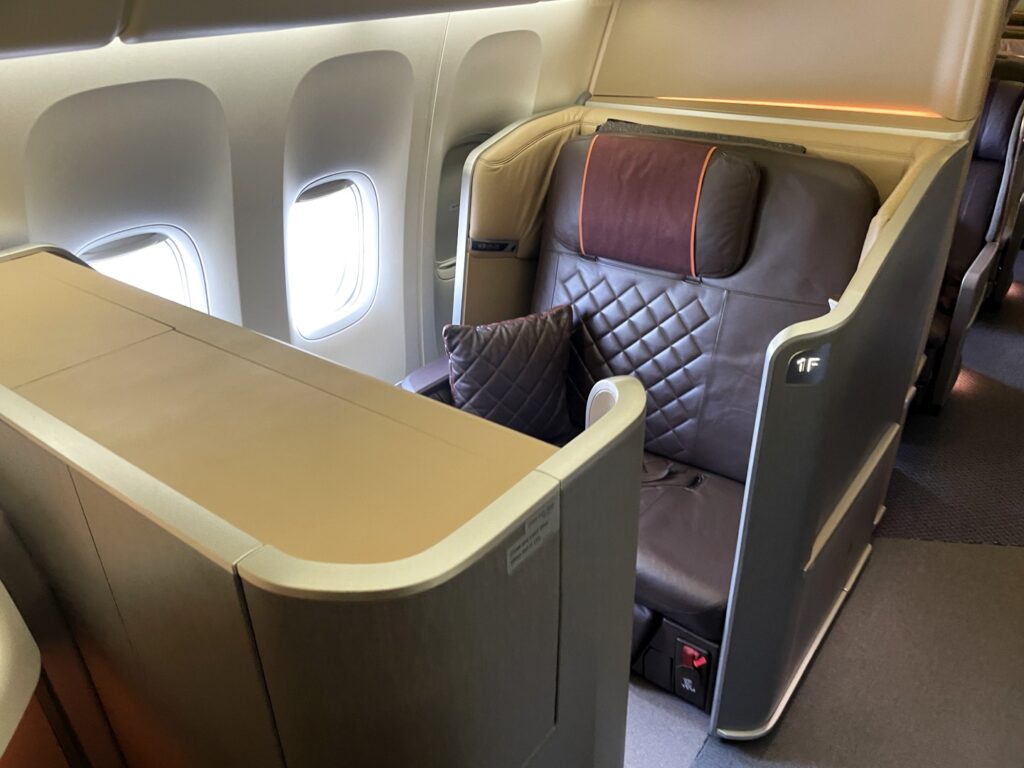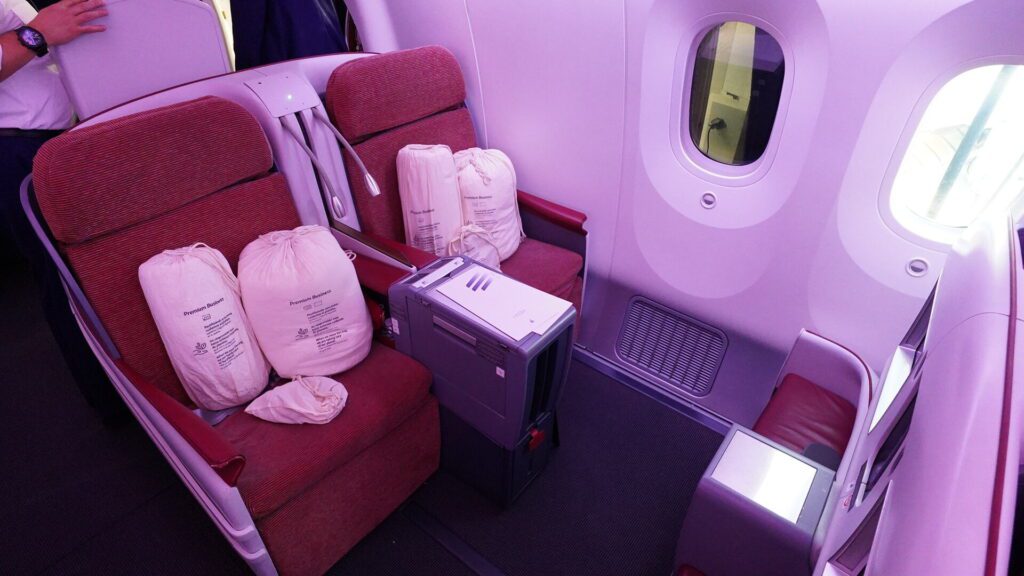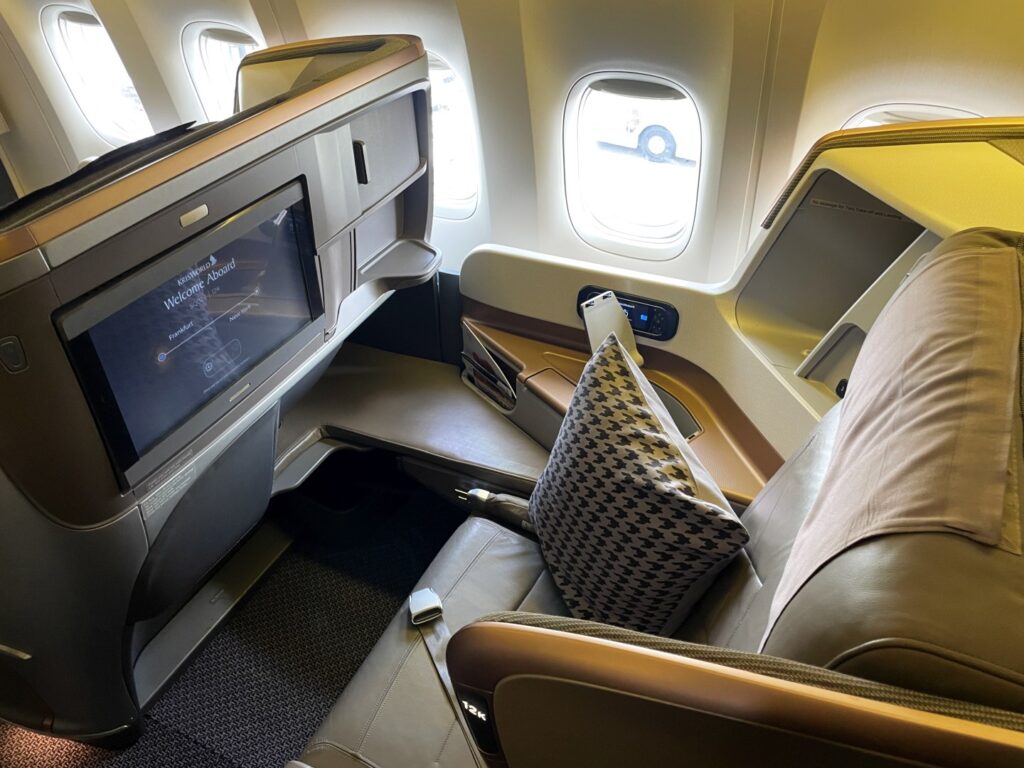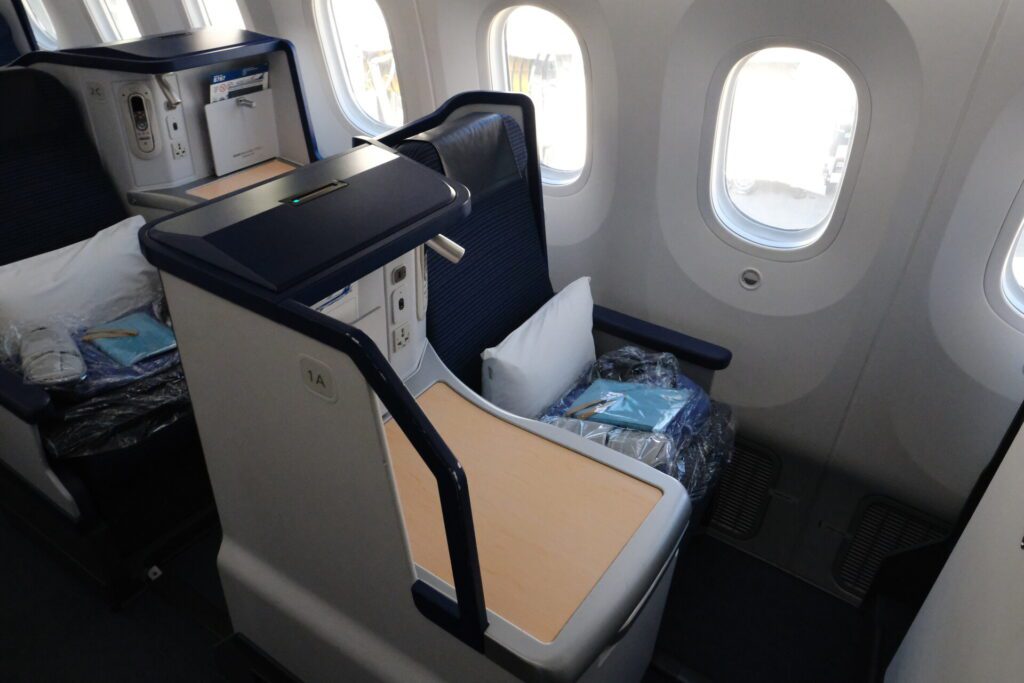When it comes to travel rewards strategy, credit cards play an incredibly important role. While it is clear how co-brand credit cards can play a role in planning your travel rewards. Flexible point currencies take your travel rewards strategy game to a new level. These points’ standout feature is their flexibility. While you can use them as a statement credit or through a travel portal, their true power emerges when you transfer them to airline partners.

Once you transfer them to a given partner, you can redeem them for thousands of dollars worth of airfare. The true beauty of these points is that they allow you to rapidly boost your mileage balance with a huge range of partners.
The Six Major Transferable Point Currencies
Currently, there are six major flexible transferable points currencies on the market. While five are issued by financial institutions, the last one is hotel currency. The six major currencies are as follows:
- American Express Membership Rewards
- Chase Ultimate Rewards
- Citi ThankYou points.
- Capital One Miles
- Bilt Rewards
- Marriott Bonvoy points
The standout currency here is Marriott, even though you can earn points for everyday spending with a Marriott credit card like every other currency. However, you also earn points for every time you stay at a Marriott property, regardless of how you pay for your stay.
Research The Transfer Partners
Unfortunately, not all point currencies are built the same. Different currencies have a different number of partners, different transfer ratios, and minimum transfer amounts.

Travel Rewards Strategy: Partner Overview
American Express Membership Rewards has one of the largest and most well-established network of partners. You can transfer Membership Rewards points to 18 airline programs, including Delta, Emirates, and Air Canada. You can also transfer Your points to three hotel programs: Choice Privileges, Hilton Honors, and Marriott Bonvoy.
Chase Ultimate Rewards has one of the oldest networks of partners. You can transfer Ultimate Rewards points to 11 airline programs, including United, British Airways Avios, and Southwest Rapid Rewards. You can also transfer Your points to three hotel programs: IHG One Rewards, World of Hyatt, and Marriott Bonvoy.
Citi ThankYou Points is also one of the established players in the market, with a good network of partners. You can transfer Citi ThankYou points to 14 airline programs, including Air France KLM Flying Blue, Etihad Guest, and Virgin Atlantic Flying Club. You can also transfer Your points to four hotel programs: Choice Privileges, Accor All Live, Leading Hotels of the World, and Wyndham Rewards.
Capital One Miles is a relative newcomer to the flexible point world but has built an impressive network of partners quickly. You can transfer Capital One Miles to 15 airline programs, including Cathay Pacific Asia Miles, Singapore KrisFlyer Miles, and Turkish Airlines Miles. Also you can also transfer Your points to three hotel programs: Choice Privileges, Accor All Live, and Wyndham Rewards.

Marriott Bonvoy Points is different from the other partners since it is a hotel program, not one run by a financial institution. That said, the program has the largest number of airline partners and is the sole transfer option for many. You can transfer Marriott Bonvoy points to 40 airline programs, including Alaska Airlines Mileage Plan, British Airways Avios, and American Airlines AAdvantage Miles.
Bilt Rewards is another newcomer to the flexible points world but has an impressive network of partners in a short time period. You can transfer Bilt Rewards points to 13 airline programs, including United MileagePlus, Aer Lingus AerClub, and Emirates Skywards. You can also transfer Your points to two hotel programs, World of Hyatt and IHG One Rewards.
Travel Rewards Strategy: Point Transfer Times
One thing to be aware of is that not all transfer times are equal. They vary by financial institution and by airline or hotel. For instance, Amex points transfer to BA virtually instantly. That does not mean the Chase points transfer instantly as well.
At the same time, not all transfers within a single-point currency have the same transfer times. For instance, as above, Amex points transfer to British Airways Avios virtually immediately. However, it can take up to one day for the same Amex points to be transferred to Iberia Plus or ANA.

When it comes to how long transfers take, things have improved dramatically in the last few years. Historically, transfers could take several days. However, with advances in Information Technology infrastructure, most transfers are immediate. That being said, some can take 2-4 days or more, so it is always worth checking transfer times to see if it works for you.
Travel Rewards Strategy: Have A Medium-Term Plan
One thing you will have to do is have a mid to long-term plan. This is primarily due to the many diverse and varied credit card application rules imposed by the various financial institutions. So, when it comes to which credit cards you will be applying for, you need to have a strategy that covers two to three years.
If you do not have a medium to long-term plan, you may find that you will fall foul of the very restrictive rules imposed by card issuers. You will find that you will have to schedule your card applications. Doing it this way will ensure you comply with all the different application rules and not hurt your credit score too much.
Learn About The Credit Card Application Rules
Every card issuer has its own rules and restrictions that you need to be familiar with if you plan on applying for one of their cards. Not knowing these rules can lead to being approved for cards without a welcome bonus or even downright rejection.
Remember that most restrictions are not simply a matter of your credit rating and how good or bad it is. In many cases, issuers will look at how many cards you have opened over the last year or two. With other issuers as well as themselves. They will also look at how many welcome bonuses you have received and more.

To account for all these restrictions, American Express has a welcome offer eligibility tool. Once you begin the application for your desired card, a small box will appear on the screen, telling you whether you are eligible for the welcome bonus or not.
By far, the most famous and probably most important rule you will need to learn about is Chase’s 5/24 rule. Chase will only allow you to open five accounts in a 24-month period. However, this is not only 5 Chase accounts but accounts in total across your credit line with various institutions. One thing to remember about the rule – and this is where you can have some leeway. Is that not all applications count towards your 5/24?
Certain business cards and being added as an authorized user do not count, and even some consumer cards by some issuers do not count towards your 5/24. So, if you are looking to open some Chase cards over the next few years, you will have to not only know about the rule but also research whether the other cards you want to open count towards the 5/24 rule.
Final Thoughts
No travel rewards strategy is complete without the use of flexible points. They provide a level of flexibility that is hard to compete with. In addition, the fact that by using a variety of cards and accounts, you can leverage your everyday spending to earn points. This way, whether you are grabbing a coffee on the go, paying for an Uber, or just heading out for dinner, you are getting one step closer to your next travel reward.






 Table Of Contents
Table Of Contents